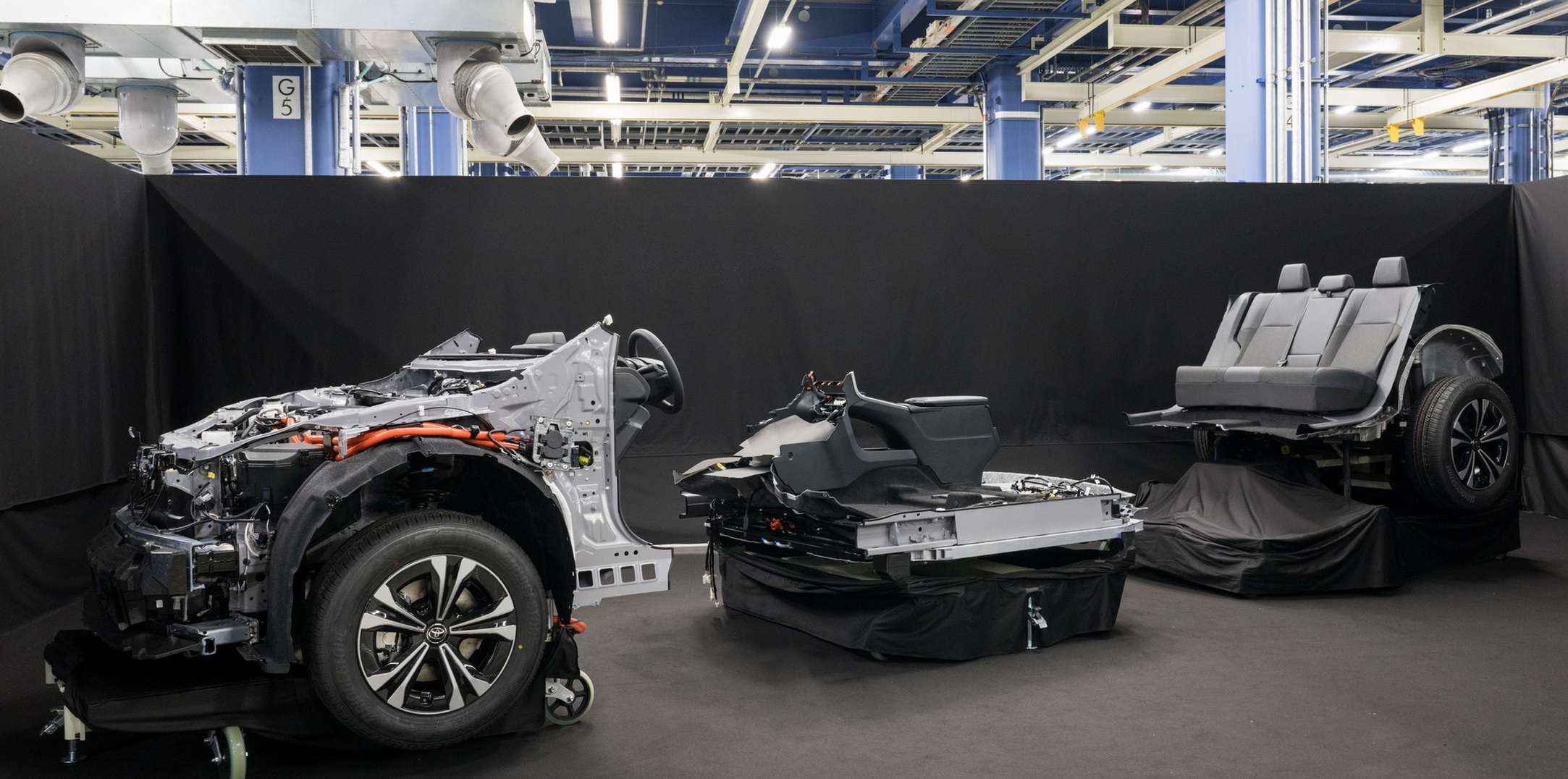
What is Gigacasting?
Gigacasting involves using high-pressure aluminium die-casting machines, known as Giga Presses, to manufacture automobile components. These Giga Presses can produce aluminium parts significantly larger than those used in traditional auto manufacturing. The term “Giga” originates from Tesla’s naming convention for its manufacturing facilities, referred to as “Gigafactories.”
The ability of Gigacasting to produce massive single-piece aluminium components is the true game changer. This means no more welding or joining together multiple parts for a vehicle’s underbody, simplifying the manufacturing process and lowering the likelihood of defects. The global automotive industry has taken note of the advantages in terms of production speed, cost-effectiveness, and environmental impact. As the world shifts towards electric vehicles and manufacturing optimisation becomes more important, Gigacasting will play an important role in shaping how cars are manufactured in the future. With automakers worldwide showing a keen interest in this cutting-edge technology, it’s clear that Gigacasting is more than just a fad; it’s a revolution in the making.
Benefits of Gigacasting against the conventional methods?
Simpler Production
Gigacasting enables automakers to simplify the manufacturing process by reducing the number of individual parts and welding requirements. In conventional methods, numerous stamped metal parts are welded together to form a car body.
Cost Reduction
Parts reduction leads to lower production costs and a simplified assembly line, increasing profitability. Tesla has reported up to a 40% reduction in related costs for certain components, which will result in an overall reduction in labour and machinery costs.
Increased Efficiency
Gigacasting reduces friction and streamlines the entire manufacturing process by reducing the number of parts and, as a result, the volume of welds and bolted joints. This simplification eliminated approximately 600 robots from the Model 3 assembly process, significantly increasing operational efficiency. Furthermore, in the context of electric vehicles (EVs), where battery weight is critical, the weight reduction achieved through Gigacasting is particularly beneficial. This technique improves vehicle performance and increases the driving range of electric vehicles.
Environmental Sustainability
By significantly reducing waste and greenhouse emissions, Gigacasting has the potential to make manufacturing facilities more environmentally sustainable. The elimination of numerous smaller parts significantly reduces material waste generated during the manufacturing process. Furthermore, the lightweight aluminium used in Gigacasting is critical in developing more fuel-efficient vehicles, effectively lowering carbon emissions.
Tesla’s Giga Press and Gigacasting
Tesla’s Giga Press is an enormous die-casting machine, representing a fundamental shift in the way vehicle components are made. These colossal machines can produce single-piece parts with unparalleled precision and efficiency. By using Giga Presses to produce single-piece underbodies, Tesla’s vehicles benefit from increased structural strength, which is crucial for safety and performance. Furthermore, these massive machines are pivotal in helping Tesla scale up its production to meet the growing demand for electric vehicles.

Gigacasting, the process that relies on Giga Presses, is particularly significant in the context of electric vehicles and sustainability. By eliminating the need for multiple smaller components and reducing the complexity of manufacturing, Gigacasting minimizes waste, lowers production costs, and decreases greenhouse emissions in manufacturing plants. The use of lightweight aluminium in Gigacasting also contributes to creating more fuel-efficient electric vehicles, which translates to reduced carbon emissions during vehicle operation. Moreover, Gigacasting optimizes the overall performance and range of electric vehicles by making them lighter and structurally robust. By reducing the weight of vehicle components, particularly the underbody, the EV’s energy efficiency is improved, and the driving range is extended, addressing one of the key challenges in EV adoption.
Read More: Behind the Scenes: Tesla’s Electric Car Manufacturing
Toyota Gigacasting plans
Toyota, one of the world’s leading automakers, is at the forefront of the automotive industry’s advancement of Gigacasting technology. Toyota’s journey into giga casting begins in September 2022 with the construction of its prototype. Initial module swapping took a full day but has since been reduced to 20 minutes by simplified part detachment. Toyota aims for a 20 % higher productivity rate than competitors. The company has been actively investing in R&D to realise the full potential of this cutting-edge manufacturing technique. Toyota’s Gigacasting strategy entails using massive casting machines, like Tesla’s Giga Presses, to produce large single-piece aluminium components for their vehicles.

This method simplifies production, reduces the number of required parts, and eliminates many traditional welding processes. Toyota hopes to improve vehicle performance, lower production costs, and boost overall efficiency by implementing Gigacasting, with a particular focus on their electric vehicle (EV) lineups. Toyota’s commitment to Gigacasting, as one of the industry’s key players, represents a significant step towards revolutionising how automobiles are manufactured, ultimately benefiting both the company and its customers.
Companies working on this Gigacasting
| Company | What is the main idea about Gigacasting? |
| Tesla |
|
| Toyota |
|
| General Motors |
|
| Hyundai |
|
| Volvo Cars |
|
Conclusion
In a nutshell, Gigacasting is a game-changing innovation in the automotive industry. As we’ve seen, it streamlines the manufacturing process, lowers costs, boosts efficiency, and contributes to a greener, more sustainable future. The fact that major players such as Toyota, General Motors, Hyundai, and Volvo Cars are embracing this technology emphasises its importance. They are actively incorporating Gigacasting into their manufacturing processes, particularly for their electric vehicle lineups.
This is a watershed moment in the history of automobile manufacturing. Gigacasting is at the forefront of the automotive industry’s shift towards electric vehicles and environmentally friendly practices. It’s a testament to human ingenuity, propelling us towards more efficient, cost-effective, and environmentally friendly manufacturing methods. We can expect to see widespread adoption of Gigacasting in the coming years, making our vehicles more accessible, efficient, and environmentally conscious – a win-win for both automakers and the planet.
Read More: Setting up Battery Manufacturing Plant in India will be game changer for EV Industry









